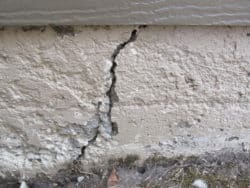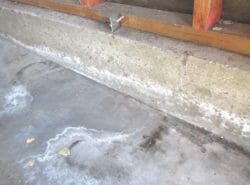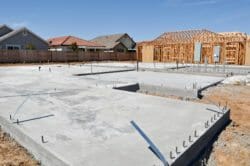7 Warning Signs a Basement Wall Crack is Structurally Serious
Home » Structural » Basements »
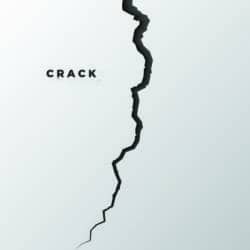
Identifying when cracks are a structural concern in a basement wall
Not all basement wall cracks are serious, and a few types of cracks are even normal or cosmetic. However, there are some cracks that are serious and should be addressed or repaired.
Although, not all cracks are a structural, some may be a moisture intrusion or leak problem. Identifying these leaking cracks is much easier than identifying cracks that are a structural problem. It is also important to remember that a crack may both a leak and structural issue.
Structural Engineers
In order to determine the seriousness of a crack, engineers will look at the crack itself and its’ characteristics. Where is it located? Is it horizontal? Is it vertical, diagonal or stair stepped? How wide is it, is it offset?
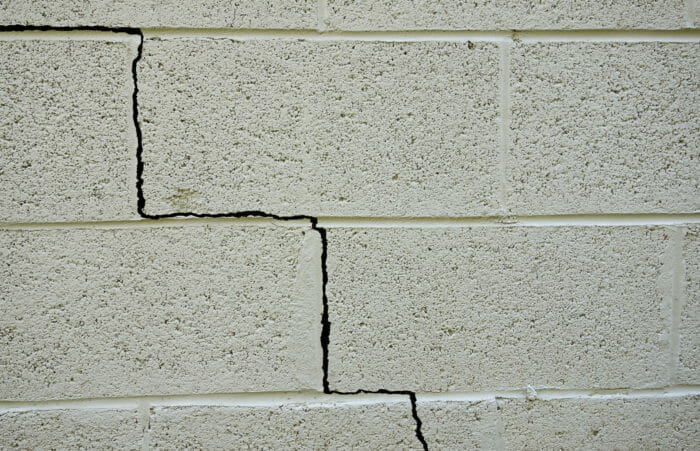
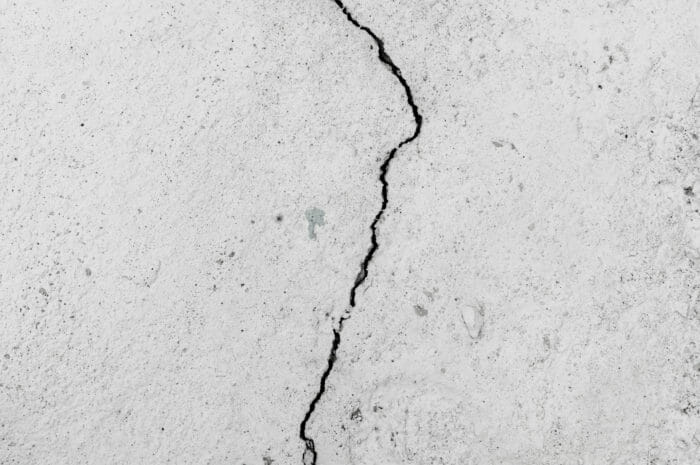
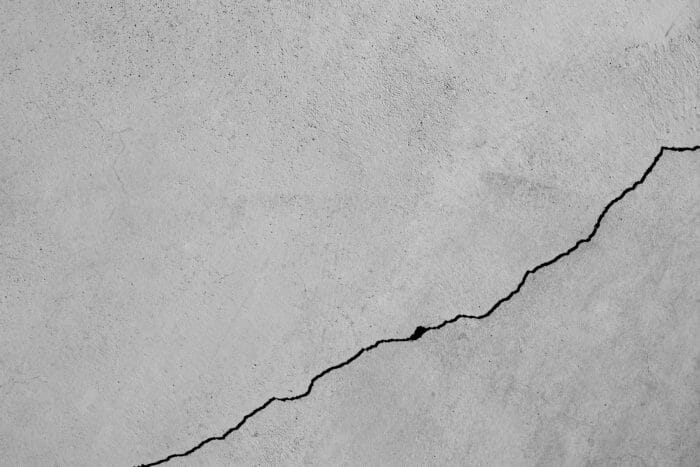
These engineers will not only look at the cracks themselves but will check the rest of the house for warning signs of structural issues. This helps provide a better picture of how serious the cracks are.
7 Warning Signs a Basement Wall Crack is Serious or May Become Serious
1. Leaning, tilting or bowed walls with cracks
Are any of the basement walls leaning or tilting? At times only one section of a wall may be leaning, however, if one basement wall is leaning, also check to see if the basement wall on the opposite side of the home is leaning. If a wall is leaning 1/2 inch +/- then some engineers may say there is a problem or recommend further review.
Walls that are bowed or bulging are another warning sign, especially when they are cracked.
2. Wall has a “V” shape crack
If a crack goes from the bottom of the wall to the top of the wall, there may be a foundation issue, especially if the crack is wider at the top than the bottom. At times, a “V” shape crack may indicate that the foundation has differential settlement. ( Read about differential settlement )
3. Cracks that have shifted
Should the wall on one side of crack not be aligned with the wall on the other side of the crack, then the footing or foundation may have rotated.
4. Crack in wall continues into the concrete floor
When a crack runs through the wall and floor continuously there is often a soil / geotechnical problem.
5. Crack in floor running parallel to wall
Should a wall have horizontal cracking and the concrete slab has a parallel crack running along the floor that’s about 6 to18 inches away from the wall; then there may possibly be a foundation problem or rotation.
6. Large cracks
The size of a crack and its location helps determine the seriousness. A crack that is a 1/2 inch or wider will generally be more of a structural concern than a cosmetic issue. Even a crack that is 1/16 or an 1/8 of an inch can be an indication of a structural issue; therefore, it is important to look for other warning signs than cracks, that may indicate structural issues.
7. Cracks that are getting bigger over time
Homeowners will occasionally notice that a crack is getting wider or longer. Most cracks do not start out big, but as small ones; then over time some will grow larger. It’s the ones that continue to grow larger and larger that are usually more of a structural concern.
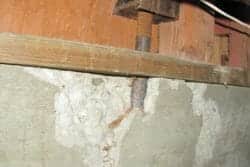
Checking for “Spalling” as well as cracks
At times hunks of concrete or block may fall off a basement wall; this is often referred to as “Spalling”. If “Spalling” occurs, it will usually be near the top of the basement wall where metal embeds, such as anchor bolts are located or in places where steel reinforcement, called rebar, is located.
One of the characteristics of steel rebar is that when it rusts, it expands; it may increase up to 4 times its diameter. In the initial rusting process the pressure may cause limited cracking in the area. When this rusting process continues, it puts increasing pressure on the concrete or block near the rebar, causing sections of the concrete or block to pop or fall off the wall. Often, you will be able to see the embedded bolt or rebar and there may be evidence of rusting, such as stains.
Other warning signs that may indicate a crack is serious or may become serious
Engineers will not only look at a crack itself but will check the home for other warning signs that may indicate that the crack is a structural issue or related to other structural issues.
The top of the basement wall
They will often examine the framing on top of the basement wall. Looking to see if the sill plate or the studs sitting on the wall are cracked or damaged.They will also check to see if the wood framing on the wall has shifted or moved. If so, this may be a significant concern. They will also look for:
- Drywall cracks
- Doors or windows that are sticking, rubbing or difficult to operate
- Floors that slope or sag
- Roof that sags or is bowed
- House exterior walls that tilt or are bowed
- Gaps around windows or doors
- Cabinets that are pulling loose or separated at wall
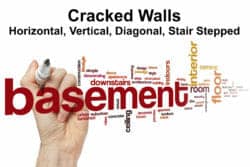
Causes of cracks
Most cracks in basement walls are usually due to one of four reason:
- Lateral loads and pressure against the wall
- Foundation movement
- Hydrostatic pressures
- Shrinkage issues when a basement is first built
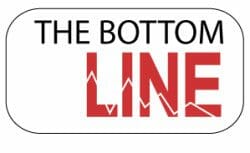
There are many reasons for a wall to crack and just looking at a crack alone may not tell if it’s structurally serious or not. Engineers will usually have to look at an entire house structurally, taking into account other considerations before determining just how serious a basement wall crack is.




